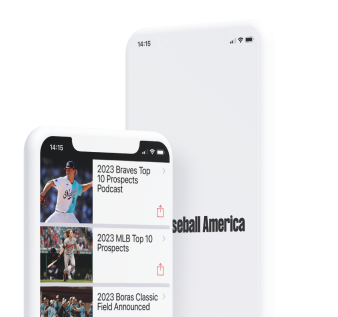Yes, Triple-A Does Have A Smaller Strike Zone Than MLB
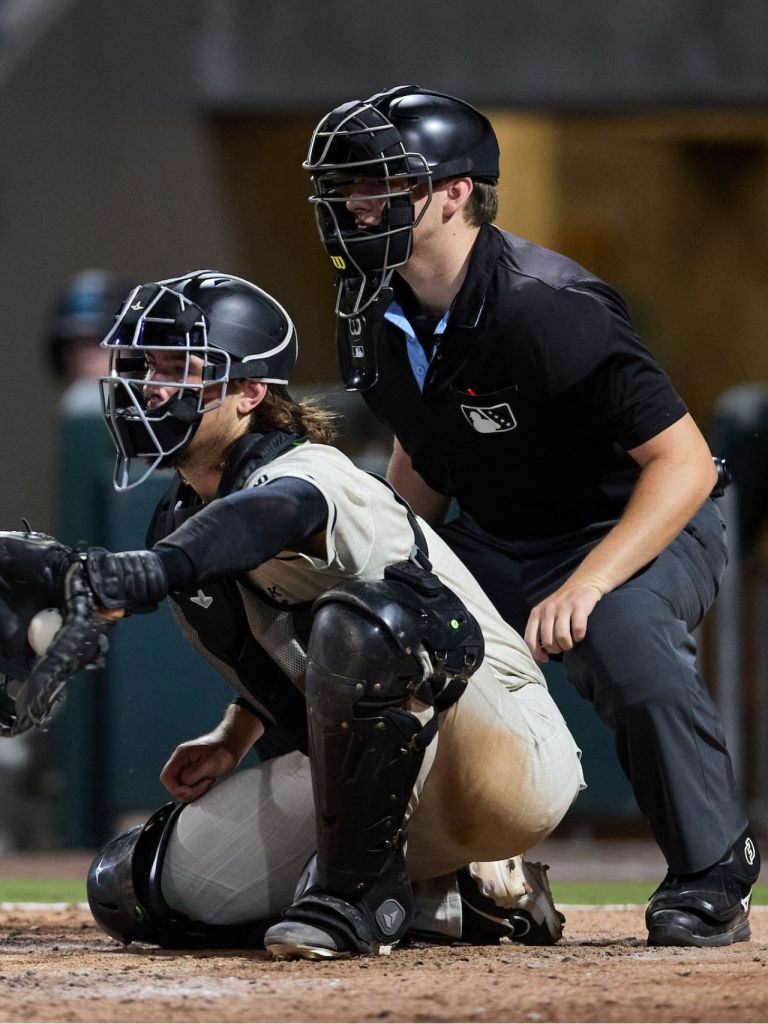
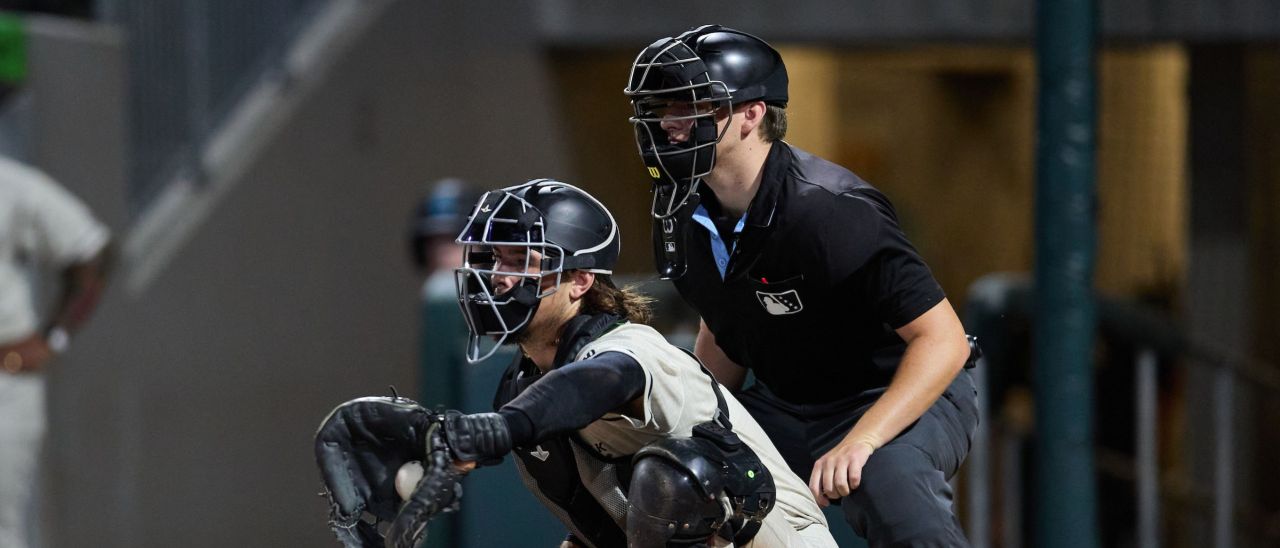
Image credit: (Brian Westerholt/Four Seam Images)
“The Triple-A zone is smaller.”
It’s something we here at Baseball America have heard in numerous discussions over the past several years, as pitchers, coaches and front office officials have described the Triple-A zone as smaller than before. It’s led to challenges for pitchers coming up from Double-A while also lowering the difference between Triple-A and the majors for pitchers with control issues.
Now, we have the data to prove it. Using data on compiled called strike rates in various zones, it does appear that the Triple-A zone is actually smaller than the MLB zone.
Triple-A uses the Automated Ball-Strike (ABS) challenge system, in which batters or pitchers can challenge a limited number of calls in each game. If computer pitch-tracking rules that the pitch was called incorrectly, the call is overturned.
But this goes beyond that, since there are only a few overturned calls per game. With that constant feedback, umpires are getting reminders to call pitches to reflect the ABS-style strike zone (since any missed calls could be overturned).
As we have seen at the major league level, continual feedback and data helps umpires standardize their ball-strike calls much more nowadays than they used to. And in Triple-A, that has led to a smaller strike zone.
As seen in the table below, when it comes to the edges of the strike zone—the “shadow zone” as it is defined by MLB—there are fewer called strikes in Triple-A than MLB. Each pitch in Triple-A and MLB are tracked by Statcast’s optical tracking zone for where it crosses the zone.
| Triple-A | Heart | Shadow | Chase |
| 2023 | 99.6% | 44.6% | 0.5% |
| 2024 | 99.8% | 44.0% | 0.2% |
| 2025 | 99.7% | 43.8% | 0.2% |
| MLB | Heart | Shadow | Chase |
| 2023 | 99.3% | 50.5% | 0.4% |
| 2024 | 99.3% | 50.8% | 0.3% |
| 2025 | 99.2% | 47.3% | 0.2% |
| Difference | Heart | Shadow | Chase |
| 2023 | -0.4% | 6.0% | -0.2% |
| 2024 | -0.5% | 6.8% | 0.1% |
| 2025 | -0.5% | 3.5% | 0.0% |
This doesn’t look at what percentage of pitches are thrown in each zone—it only looks at whether a taken pitch in each zone is called a ball or a strike. So, the better control of MLB pitchers should not affect these called strike rates.
The two zones are getting closer to each other year after year, but the MLB zone sees fewer pitches in the heart of the zone called strikes, and it has more pitches in the shadow zone called strikes.
If you get more granular, there are specific locations within the two strike zones where the differences are much more apparent. In fact, there are a couple of spots where the Triple-A strike zone and the MLB strike zone are extremely different.
Take Zone 11, which is up and in on righthanded hitters and up and away from lefthanded hitters:
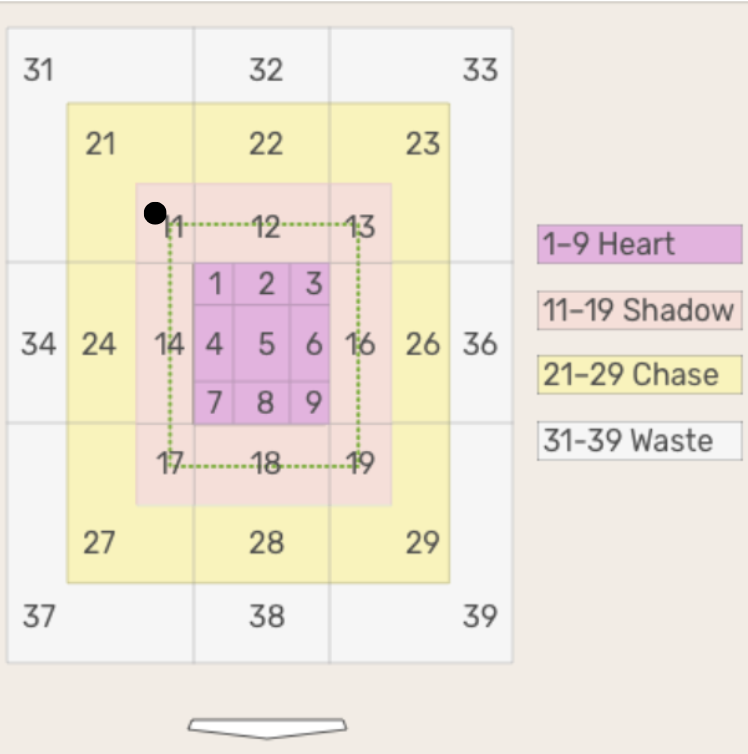

In the major leagues, a pitch here is called a strike 85% of the time this year. That rate has steadily increased, but the called strike rate in that zone has been above 70% for each year of the past 18 seasons.
In Triple-A, that’s a ball. It’s only called a strike 27% of the time. But one spot over in Zone 12—the shadow zone directly above the plate above the top of the heart of the zone—the MLB zone only sees a 41% strike percentage, while Triple-A sees a 67% called strike rate.
Things get even weirder. Zone 13, which is the mirror image zone to Zone 11 on the other side of the top of the plate, is usually called a ball at both the major and Triple-A levels:
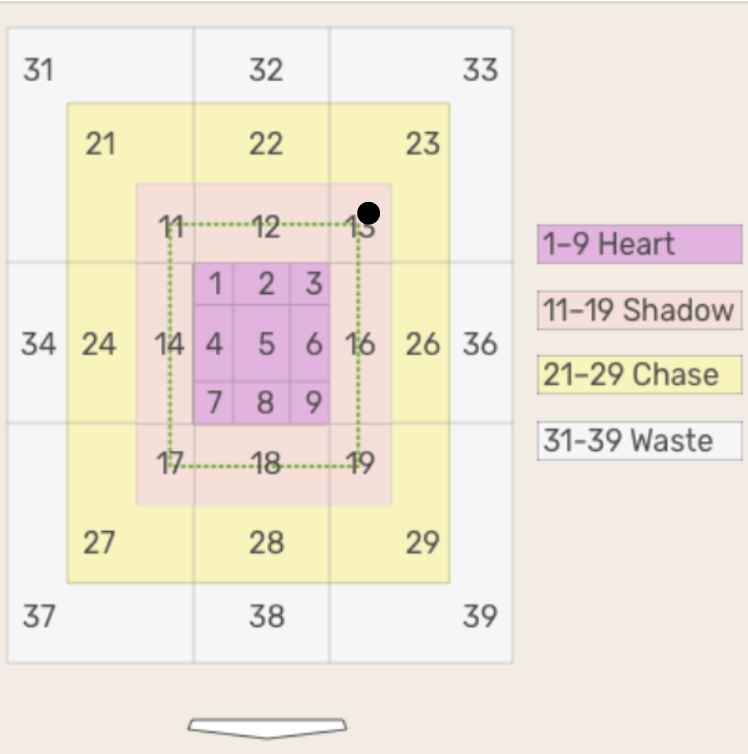
Here, there’s a minuscule 19% called-strike rate in the majors, but a 31% called-strike rate in Triple-A. In this measure, Triple-A is much more consistent, as the mirror image top edges of the shadow zone are seeing similar called strike rates. In the major leagues, there is a massive difference between a 19% called strike rate in zone 13 and 85% of the time in Zone 11.
The MLB and Triple-A zones do somewhat agree on the shadow zones at the middle edges of the plate with Zone 14 (54% for MLB and Triple-A) and Zone 16 (59% for MLB and 55% for Triple-A).
At the bottom of the zone, MLB has a higher frequency of called strikes in the shadow zone. Below, you can see the difference in each shadow zone, with positive numbers indicating where MLB has more called strikes and negative numbers showing where Triple-A has more called strikes.
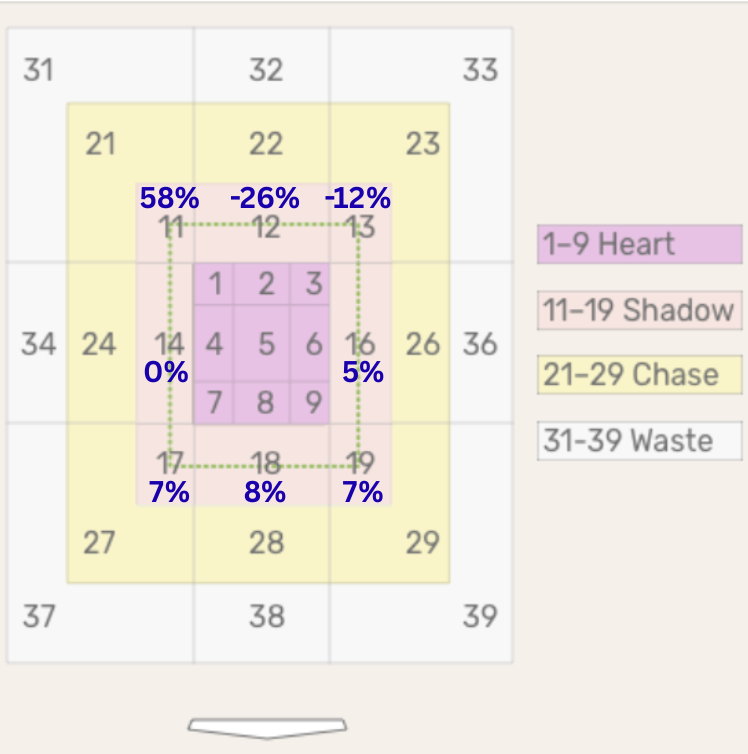
So, the Triple-A zone is more likely to get a called strike in only two of the eight shadow zones. One is equivalent between MLB and Triple-A and five zones are more likely to see a called strike in the majors.
Both MLB and Triple-A see very few strikes called these days in the chase zone. In none of these zones are over 1% of taken pitches called strikes. It is worth noting that, despite the challenge system, there are still called strikes in these zones in Triple-A, even if all of these would logically be overturned if challenged. In the largest example, there have been 64 called strikes in Zone 22 at the very middle above the zone. There is no other chase zone where there have been more than 25 called strikes in Triple-A.
But overall, pitchers do get fewer called strikes in Triple-A than the major leagues. MLB is still a much tougher test than the highest level of the minors, but the next time you hear a pitcher says he feels he’s getting squeezed in Triple-A, understand that he has a point.
For those who are interested in replicating this, BaseballSavant allows anyone to select by attack zone and by pitch result. For balls, select Balls and Balls In Dirt and run that query with “league and year” selected in the “Group By” tab. For called strikes, select called strikes and run the same type of query. Once you have gathered both results, the called strike rate is the number of strikes in that zone for that year, divided by the number of balls and strikes in that zone.
